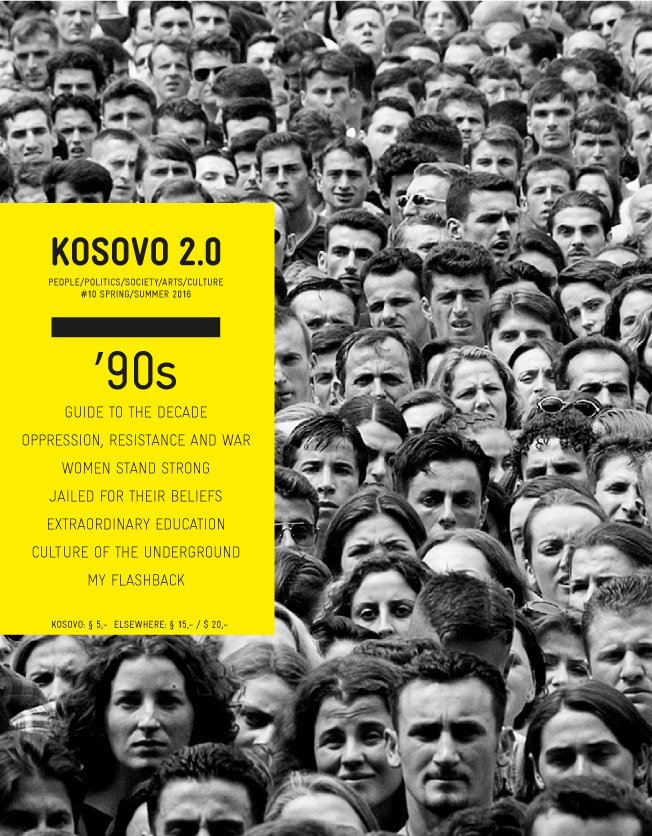
#10 '90s
“Green” confronts the grave environmental crisis facing Kosovo. This issue addresses air and water pollution, waste overproduction, deforestation and contaminated rivers. It also explores the health risks communities face from industrial activities and power plants. "Green" combines investigative journalism with an analysis of waste management, legal and social obstacles, and civic and policy solutions to argue that environmental protection is essential for achieving a healthier future.
|26.04.2016
|
Meanwhile, this magazine is also based on the belief that the 1990s embodied a set of values that today have largely ceased to prevail.

Besa Luci
Besa Luci is K2.0’s editor-in-chief and co-founder. Besa has a master’s degree in journalism/magazine writing from the University of Missouri’s School of Journalism in Columbia, U.S..
This story was originally written in English.
Want to support our journalism? Join "HIVE" or consider a donation.